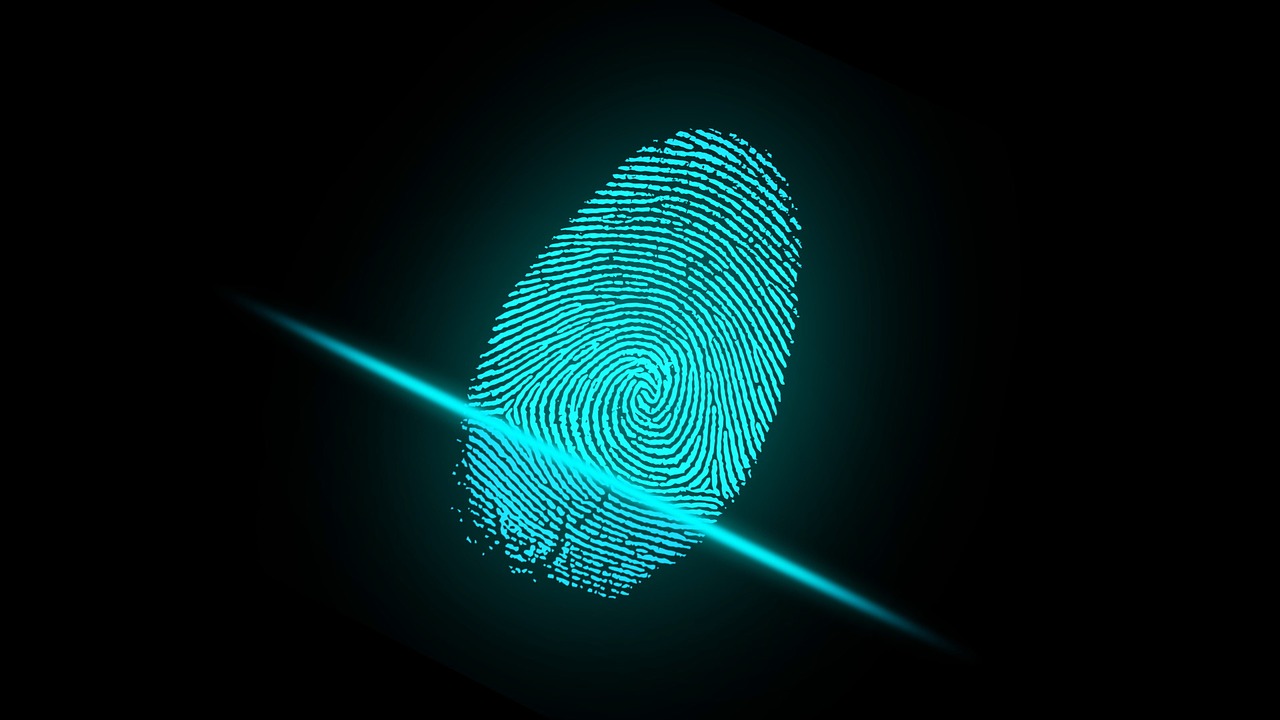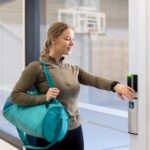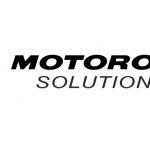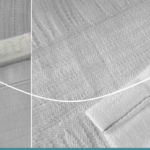Estimated reading time: 5 minutes
HID Global basically issues identities in a safe and secure manner that allows its partners and customers to centralise identities over-the-air (OTA).
Table of contents
“This is to allow businesses to identify, track and digitally authenticate items, people, and places, so that they are able to transact securely and gain access, among other things,” said Alex Tan, region director in ASEAN at HID Global, who oversees its Physical Access Control Solutions.
In essence, whenever one goes to physical or digital places, say a workplace or an online banking website respectively, one needs to authenticate themselves and prove that they are who they say they are.
HID Global is able to provide solutions for that organisation’s workplace, or bank, or even a country’s border control via physical access solutions like tokens, mobile IDs and passports.
In essence, whenever one goes to physical or digital places, say a workplace or an online banking website respectively, one needs to authenticate themselves and prove that they are who they say they are.

Alex stated, “We are a trusted authority in that space – identification, issuance, and management.
Access control solutions – the main parts
What does it take to offer at least the physical access control portion of HID’s solutions?
Alex shares that there are a few primary parts. The first two, are the readers and then the credentials which come in many forms like cards, tokens, a mobile phone, and even biometrics.
“Then there would be the physical hardware, or controllers which would be mounted in a secure place and attached to PCs so it can be managed and even print reports.”
The controller’s role is to determine whether an authenticated individual has access rights, based on their seniority and/or timing.
These are the four components of a physical access control system – readers, credentials, controllers, and PCs.
The controller’s role is to determine whether an authenticated individual has access rights, based on their seniority and/or timing.
“Obviously, the CEO can walk in to an area 24 hours a day, any day of the week, compared to a fresh hire.
“So, the controller is basically the brain of the access rights, but authentication happens at the reader,” Alex explained, adding that authentication technology is vital and highly important.
The touchless trend
Many corporations have started digital transformation, which has included implementation of touchless solutions.
“It’s a core narrative for us now when we talk about authentication technologies,” Alex said.
Touchless solutions, including mobile identities using phones and wearables, will also be something that trends high in the authentication space, Alex observed, because these can help reduce cross-contamination between people and objects.
“Also, because of return-to-work policies, organisations want to find a way for credentials to be credentialised in a safe manner.”
Alex shared about mobile and cloud technology that can help solve the issue of credentialising employees to go back to office, from a remote location.
“We have a cloud platform that allows administrators to actually issue credentials OTA, over the cloud, to an employee, in a safe and secure manner.
“All the access points are encrypted, and it allows admins to not only credential employees, but also revoke credentials on an employee’s mobile phone that was lost or stolen.”
Data Privacy Protection, User Convenience and Visitor Management
The pandemic has resulted in an unprecedented number of people transacting on the Internet. This increases cybersecurity risk, and data privacy protection becomes a key trend that has emerged as a consequence.
“So, mobile identities; the good thing about it is that the identity is portable, and the credential or your identity is safe on your phone.
This overcomes the risk of having to park or exchange your identity, leaving that piece of information on the device which makes it susceptible to identity theft.
So mobile identities in a way helps to solve that issue, because the identity stays with your phone and you carry your phone and your identity, along with you, Alex explained.
“You need a system to optimise your crowd management and also manage your personnel allocation around the office.”
“So, while more touchless solutions are going to become the norm, there is also a greater need to ensure these kind of solutions are user friendly and able to scale. When we roll out solutions, we don’t want to impede the user experience.”
The fourth and final trend is around visitor management and ensuring social distancing. “More and more companies have to adhere to the SOPs and manual log books will be a thing of the past, for the very simple reason that you need to track and in a sense manage your space so it is not overcrowded.
“You need a system to optimise your crowd management and also manage your personnel allocation around the office.”
Plans for Malaysia and ASEAN
The landscape has drastically changed with more organisations more receptive to solutions which HID can offer, as well as digital technologies like cloud and also new business models.
“Basically, I would be working on a sales enablement and digital enablement strategies for our partners, so they are able to remain relevant in the new digital landscape,” Alex said.








